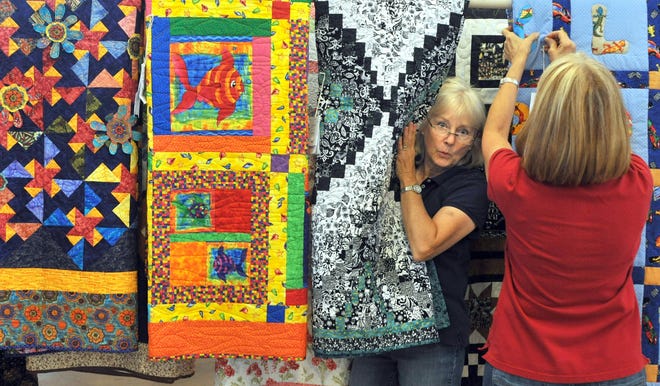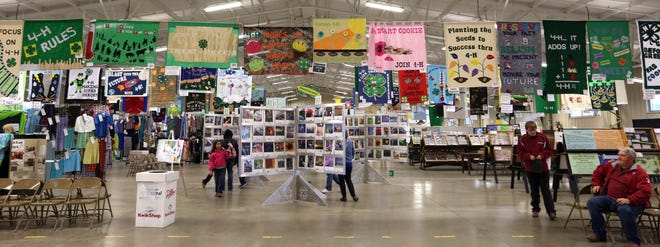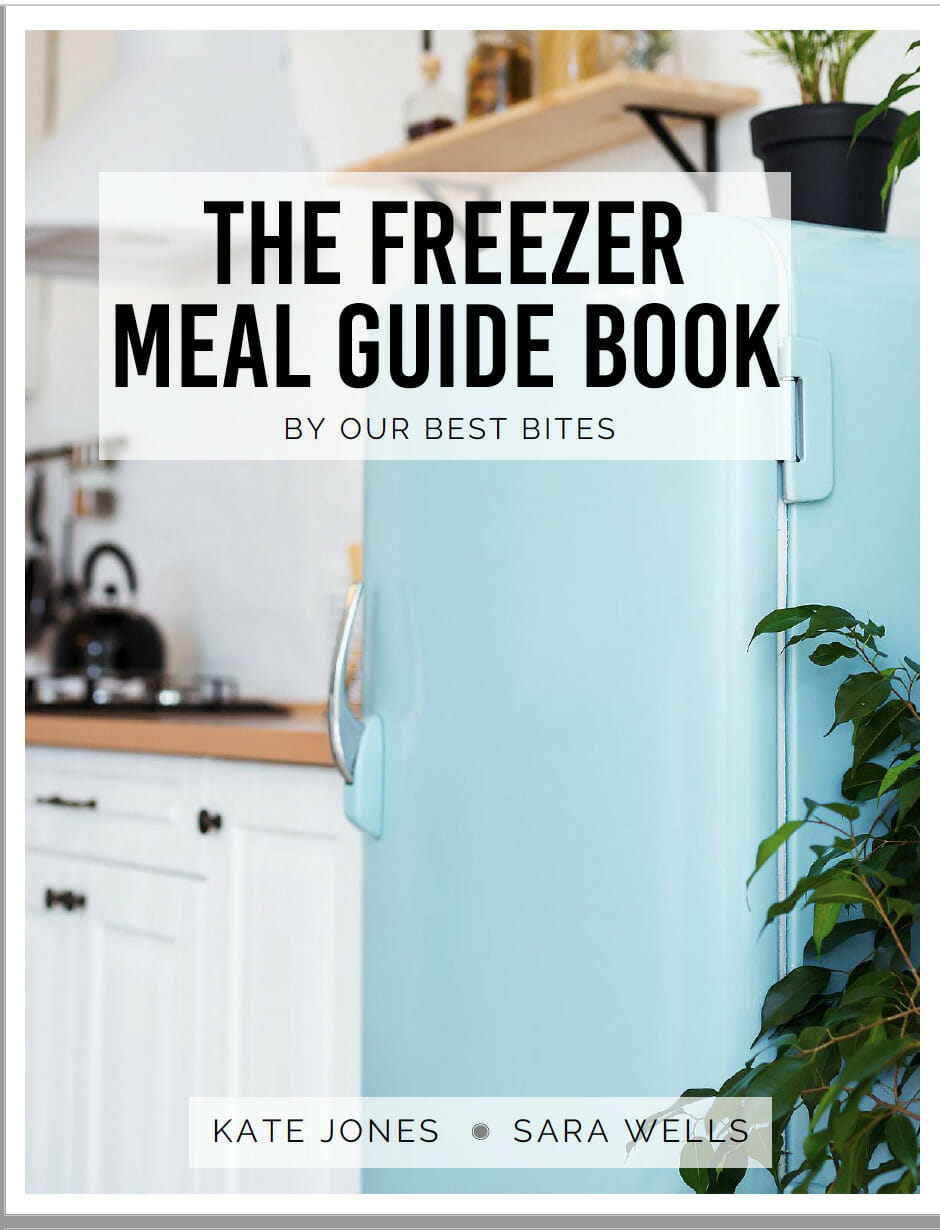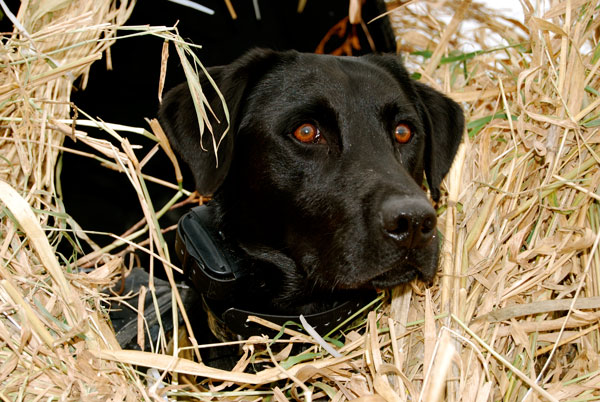
Several significant changes for exhibitors at the Kansas State Fair were approved on Tuesday by the State Fair Board.
Primary among them is that the fair will begin charging a $1 fee for each “static” entry, and it will display only the top three winning entries in a category during the fair, rather than all entries.
Other entries will be sent home or locked away during the 10-day event.
Competitive Exhibits Director Jenn Galloway proposed the changes to deal with significantly fewer staff anticipated for the 2021 Kansas State Fair.
New fee
“I propose we start charging a $1 entry fee for static entries,” Galloway advised the board during a meeting conducted via Zoom. “In the past, there was no entry fee for fine arts or clothing. A lot of exhibitors enter a large number of entries, but then not all of them come. Someone may enter 50 food items and bring five or 10. It’s hard to prepare for what’s coming. An entry fee would help financially with the cost for the department and help staff be more prepared.”
There is currently a $1 handling fee for each person entering an exhibit, but no per entry fee. Yet, by entering, the person can purchase discounted gate tickets, and that will continue.
For non-perishable entries, like fine arts, clothing, and Scout exhibits, they will start receiving entries on Labor Day, in advance of the fair.
The plan now, Galloway said, is also to judge them pre-fair, so the first through third winners are identified, and other entries sent home.
“One of the things we’ve done in the past is display everything,” she said. “Whether it was first- to third quality, we had it out there.”
Consolidated displays
By limiting the entries displayed they can consolidate food, clothing, and fine arts into the Domestic Arts Building and eliminate the use of the Oz Gallery as a display venue.
“It’s not got good ventilation,” Galloway said of the Oz Building. “There’s no air-conditioning. It’s a warm building, depending on the weather… I’ve had fair workers succumb to the heat and not be able to return. I’d like to move those entries to Domestic Arts.”
Combining them will both reduce the need for staff and improve the quality of exhibits.
“We’re really down on superintendents,” Galloway said. “We do not have them returning for food, clothing, ag or youth. We’ll utilize some that are coming back by combing departments in that way.”
With fewer entries displayed in each category, they’ll be able to intermingle them, making for more interesting displays, she said.
Items not displayed live could also go into a slide show playing on a screen in the building and posted to Facebook and the fair’s website.
Even reducing the entries displayed, there are more than 300 classes people can enter, Galloway said in response to a question, so there will still be a lot of items on display.
“There are amateur and professional and different divisions,” she said. “Not all the quilts compete against each other. There will be more than 20 quilts on display.”
Addressing concerns
Board member Kathy Brazle expressed concern about exhibitors who live hours away having to make the trip to pick up quilts, for example, that won’t be displayed.
Galloway said before the clothing superintendent decided not to return due to health issues, they had been discussing opening the judging for the public to watch. So, a person entering quilts could bring them, watch the judging and then leave with quilts that didn’t qualify.
Meanwhile, the Oz Building could be used for judging or the Grand Drive Gala or 4-H demonstrations, Galloway said.
“If it’s approved and we do it, we’ll learn from it,” Galloway said. “Maybe next year we’d decide fine arts was not a good fit or it didn’t have a good flow. Static is all new to me. I was talking to my superintendents and taking what they’ve done and made these changes. I can’t tell you it’s going to work 100%.”
Board member Sarah Green noted she’s been in roles of exhibitor, judge, and employee preparing exhibit displays.
“As an exhibitor, I’d be crushed, but I get it,” Green said. “As a person dealing with displays, it makes a lot of sense. If we move forward, I ask you to think really hard about how to do media outreach and let people know.”
“The wonderful thing about people entering things in the fair, they are very passionate about their crafts… and they take it very seriously,” she said. “Small changes can make big waves, so I ask you to communicate ahead of time.”

4-H premiums
Another change approved by the board was eliminating small premiums paid on static items for 4-H entries exhibited in Centennial Hall and instead, give those exhibitors a pair of gate passes.
“We paid out $10,000 in premiums,” Galloway said. “It’s significant work for our staff and 4-H to figure out what the premiums are, and then we send checks to the exhibitors.”
The premiums, however, are only $1.75 for a blue ribbon and $1.20 for red.
Besides saving significant time and work, the change might encourage more 4-H exhibitors to attend the fair. For many, Galloway said, they send items they are entering with their extension agent and don’t come to the fair.
“Jenn’s got her finger on the pulse of the amount of staff time for $1.50 check for a kid,” said Wade Weber, State 4-H Program Leader. “I know there are sentimental reasons (for premiums), but there’s also a fiscal responsibility standpoint. When Jenn proposed an alternative that might increase attendance and let kids have an experience at the fair, it made a lot of sense. We appreciate her leadership and helping think outside the box.”
“I’d remind the board there will still be judging and ribbons and ribbon placing,” Weber said. “There will still be an evaluation of projects. The issue at hand is just premiums.”






